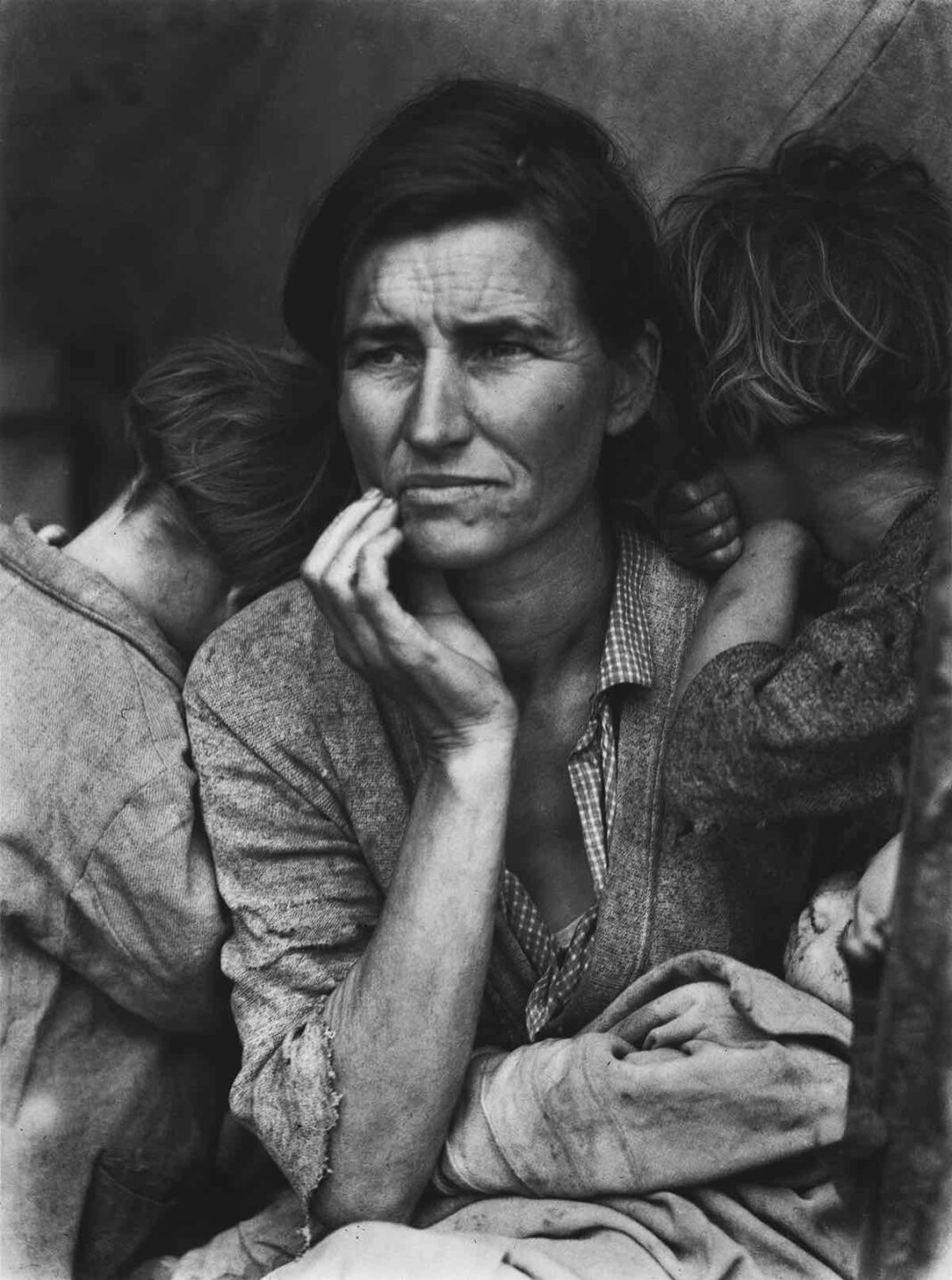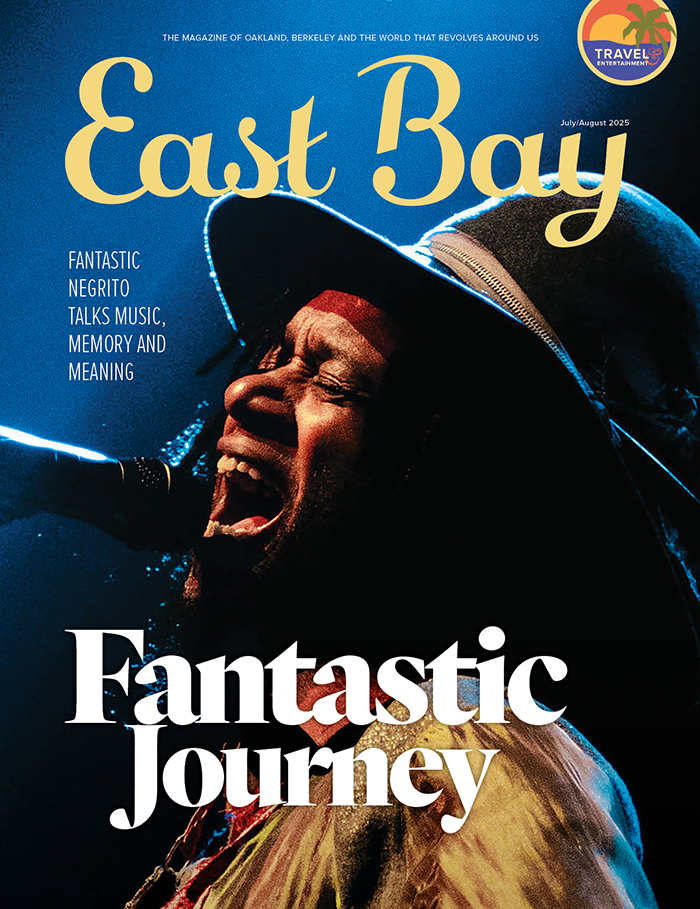American photographer Dorothea Lange’s “Migrant Mother” is widely seen as a defining portrait of the Great Depression; the woman it depicts, and her children, are etched into our collective image of that challenging time in American history. But while that photo was shot not far from San Luis Obispo in Central California, Lange actually spent most of her career shooting in her own backyard: the East Bay. A longtime Berkeley resident, Lange captured the Great Depression, World War II and beyond in the Bay Area.
And now, for the first time, her personal archive is available online, for free. The Oakland Museum of California, the keeper of Lange’s collection, has unveiled an online digital archive with more than 600 of Lange’s photos, many of which have never been seen before. In the midst of another moment of crisis in the Bay Area, Lange’s documentary photography is a reminder of just how resilient we are.
Lange lived in Berkeley with her husband, Paul S. Taylor, an economics professor at U.C. Berkeley, for most of her adult life. Before she passed away in 1965, she and Taylor made a plan for what to do with her enormous collection of photographs, field notes, negatives and even audio recordings, collected over decades of interviewing and photographing working class and poor Americans. Although at the time the Oakland Museum of California didn’t even have a final building to call home, Lange decided to take a leap of faith: she gifted the archive to her hometown museum.
“[Lange and Taylor] were very interested in keeping it in the Bay Area, and they were intrigued by the description of the museum, that it would be a museum of the people and a community-oriented museum that would make the collection available to everybody, not just credentialed scholars,” said Drew Johnson, the museum’s curator of photography and digital culture.
Although the Smithsonian and many other national institutions were interested in housing Lange’s work, she wanted her photos to stay close to home.
Ever since the collection was gifted in 1965, OMCA has been trying to find ways to grant the public access to the photos. They’ve included them in exhibitions that have traveled all over the world, but they’ve never had the resources to fully digitize the collection. But with the help of a grant from the Henry Luce Foundation, OMCA was able to create a website where Lange’s work can live, with accessibility and Lange’s commitment to public art in mind.
“Some institutions have online databases, basically,” Johnson said. “They just put a whole collection out there, and it’s just a searchable database. We wanted to do something more interpretive, more curated. We felt we didn’t have the resources to put all 50,000 of Lange’s images there, so we hit on this idea: a sort of curated online exhibition … we’ve been able to put up more than 600 individually organized photos.”
The museum wanted the archive to feel extensive, but still be digestible. The photos are organized by time periods: The Great Depression, World War II and Postwar. Many of the photos were shot in Richmond, Oakland and San Francisco. Lange documented Japanese internment, homelessness in San Francisco, laborers in the Richmond dockyards and more. All of those photos are now available in the archive.
“Lange’s entire career was really spent in the Bay Area, and most of that was in the East Bay,” Johnson said. It’s OMCA’s hope that local Bay Area residents will be able to explore and learn about Lange through the archive, even though the physical museum remains closed. “We have tried to make this information broadly appealing and not just scholarly.”
Besides the photographs, the archive includes information about Lange’s process and career and the historical context for the works in the website. As the Bay Area navigates a pandemic, racial injustice and raging wildfires, Johnson sees Lange’s work as even more crucial than ever.
“The theme of her work is the use of photography as a form of social activism … she had basic, fundamental empathy,” Johnson said.
The collection launched on Aug. 10 and is available at museumca.org/lange.











